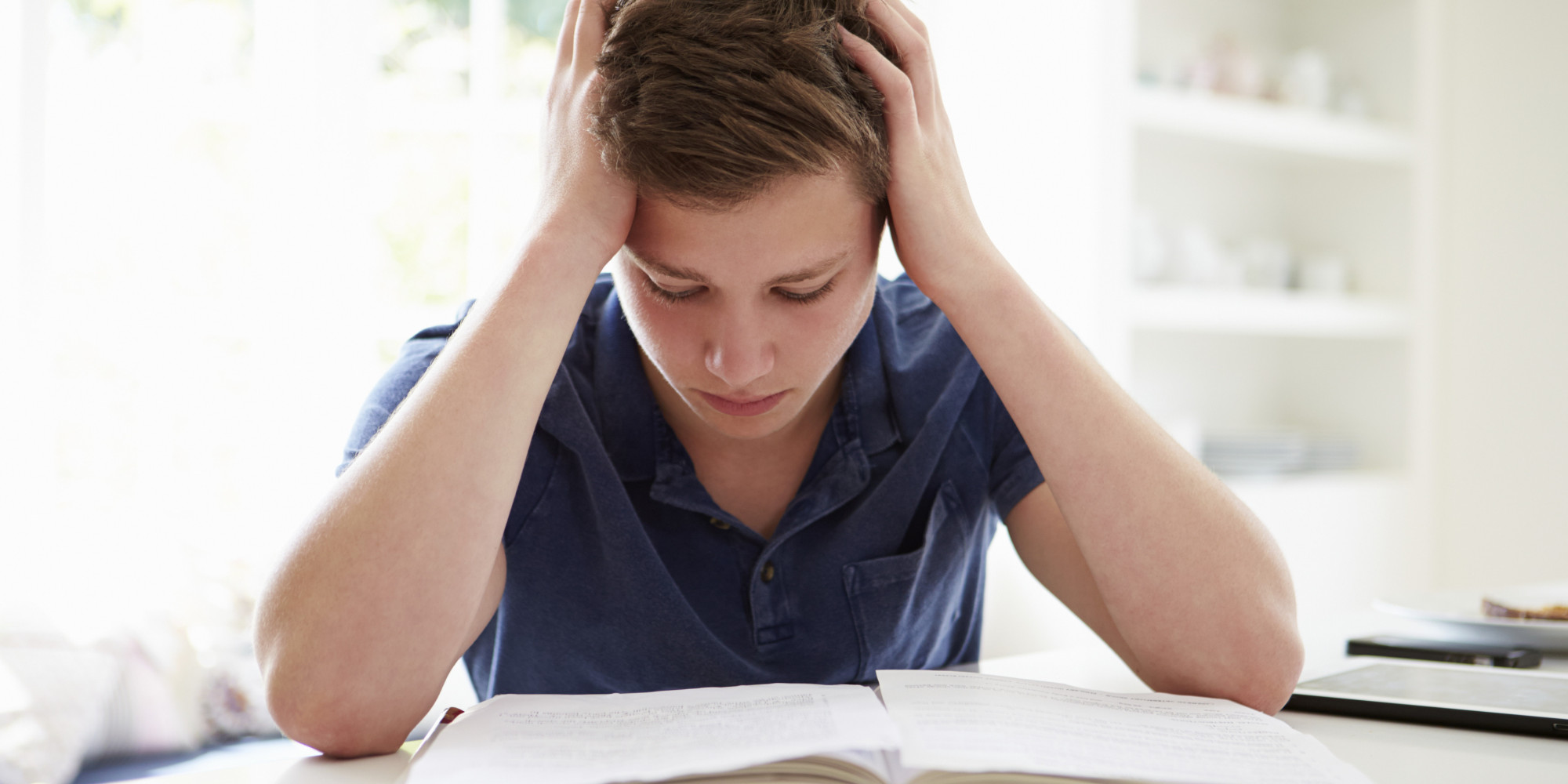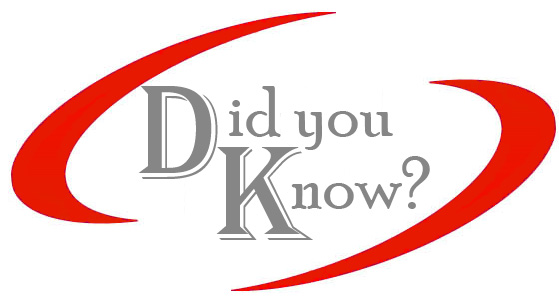Emotional Child Abuse

Emotional child abuse is the cornerstone of all the abuses because it is always present during physical and sexual abuse, as well as child neglect.
And it is the only type of maltreatment that can stand on its own. It does not have to accompany any of the other abuses.
Where I grew up there was never any consideration given to raising "healthy" children.
My parents, like many, opted for the "children are to be seen and not heard" style of parenting.
|
Put-downs and name-calling were a several-times-a-day event, meant to toughen us up, show us that as children we were nothing but a burden and that our parents were saints to have had us in the first place. The term emotional child abuse didn't even exist when I was growing up. But that didn't change the devastating outcome--the effects were severe, ever-present, and followed me into adulthood. Until I got help. |
|
Definition
Emotional child abuse is defined as the constant attack of a child or youth by an adult that negatively affects the child or youth's self-worth. It is important to note here the word 'constant'. With emotional abuse, the child/youth receives only negative messages, nothing positive.
Emotional Child Abuse Signs
Research shows that emotional abuse signs differ not only according to age, but in many cases, according to gender.
Contrasting signs are in part due to styles of parenting boys vs. parenting girls.
Boys are still taught that crying is not masculine, and that displaying anger and other physical behaviours are acceptable. Girls are taught that anger is not ladylike and that showing emotion is part of being female.
Differing social expectations contribute to the way boys and girls display signs of emotional abuse.
Emotional Abuse Signs for Boys:
» aggression
» temper tantrums
» fights with peers and siblings
» bullying tactics
» frustrates easily
» disobedience
» lying and cheating
» destructive behaviours
» impulsive behaviours
» argumentative
» loud
» tease excessively
» worry excessively
» withdrawn
Emotional Abuse Signs for Girls
» withdrawn
» passive
» approval-seeking
» compliant
» frustrates easily
» infinite patience
» clinging to adults
» overly dependent
» stubborn
» tease excessively
» worry excessively
» somatic complaints
 |
A US study that randomly assigned rejection experiences to students found that rejection can dramatically reduce a person's IQ and their ability to reason while increasing their aggression (Baumeister, 20021). |
 |
Emotional neglect is most closely correlated with later development of psychiatric illness (Ney et al., 1994, p.7132). |
Emotional Abuse Effects
Emotional abuse effects are directly connected to the relationship between the victim and abuser. The closer the relationship, the more devastating the effects on the child or youth. As the intensity, frequency and duration of abuse increases, so does the effect on the psyche of that child or youth.
The negative messages of emotional child abuse causes inner damage that either destroys or impairs the development of a positive sense of self.
Emotional child abuse is by definition "constant negative messages", but even a single message of rejection can have long-lasting negative effects on the child or youth.
The effects of severe emotional abuse, however, may be more physiological than previously thought:
 |
Studies on abandoned and severely maltreated Romanian children revealed striking lesions in certain areas of the brain. The repeated traumatization led to an increased release of stress hormones, which attacked the sensitive tissue of the brain and destroyed newly-formed neurons. The areas of their brains responsible for the "management" of their emotions were 20% to 30% smaller than in other children of the same age. It would be logical to conclude that this damage can result in any child (not only Romanian) who suffers such abandonment and maltreatment (Dr. Alice Miller, Childhood Trauma, presented as a lecture to the YWHA, New York City, 19983). |
Physical Effects
» speech problems
» lags in physical development
» failure to thrive (especially in infants)
» facial tics
» eating disorders
» substance abuse
» self-harm - burning, cutting
» attempts at or completed suicide
Behavioural Effects
» low self-worth
» irritability
» overly reactive
» sleep disorders
» inability to trust others
» depression
» inappropriate behaviour for age
» withdrawal
» profound sadness
» habit disorders - sucking, biting, rocking
» aggression
» stealing
» lying
» self-harm
» prostitution
» engaging in risky behaviours
» attempts at or completed suicide
Emotional Effects
» inability to control emotions
» questioning of religious beliefs
Emotional Abuse Statistics
Emotional child abuse statistics are notoriously difficult to obtain. Relatively few cases are reported, leaving only the most severely traumatized children and youth protected and treated.
Gathering statistics is a challenge, because emotional abuse is often concealed in secrets and behaviours that are tied to other problems. Another challenge is the lack of a standard definition worldwide.
Even in Canada, though the provinces and territories have mandated protection guidelines, statistics are compiled using a variety of gauges. No set points of recognition are in place.
International Emotional Abuse Statistics
 |
In a Canadian study of 135,000 investigations by child welfare agencies over a three month period, 60% were emotional maltreatment and neglect, while 10% were for sexual abuse, and 31% for physical harm severe enough to require treatment (Health Canada, 20014). |
 |
Of the statistics available, and depending on the definition adopted, estimates of the prevalence of "psychological maltreatment" vary from between 1 to 26% of children (Fortin & Chamberland, 19955). |
 |
In a 1997 U.S. study, emotional maltreatment was reported in 15% of 817,665 or in 122,650 cases across 43 states (National Center of Child Abuse and Neglect, 19976). |
 |
Emotional child abuse accounts for approximately 7% of all reported cases of child maltreatment across the United States. However, the absence of operational definitions and true standards of severity means that the true occurrence of the extent of emotional child abuse is unknown (National Research Council, 19937). |
 |
The most recent national Australian emotional abuse statistics, produced by the Australian Institute of Health and Welfare, indicate that in 1995-96, emotional abuse cases accounted for 31% of substantiated child maltreatment cases (Broadbent & Bentley, 19978). |
 |
In 1996, 15% of all registrations of maltreatment in England were for psychological maltreatment (Doyle, 19979). |
 |
In one emotional abuse statistics survey in Ontario, 40.8% of adolescent respondents had experienced emotional abuse (Manion & Wilson, 1995, pp.13-1410). |
 |
In a study of 1,000 women 15 years of age or older, 36% had experienced emotional abuse while growing up; 43% had experienced some form of abuse as children or adolescents; 39% reported experiencing emotional abuse in a relationship in the past five years (Women's College Hospital, 199511). |
 |
The estimated number of emotionally neglected children more than doubled to 1,173,800 in the time between 1993 and 2005-2006, a 101% increase in number, an 83% increase in the rate. (National Incidence Study of Child Abuse and Neglect 2009-201012). |
For even more information, check out types of emotional abuse on this site.
References
NOTE: Information pages on this site were based on material from the Canadian Red Cross RespectED Training Program. Written permission was obtained to use their copyrighted material on this site.
Canadian Red Cross RespectED Training Program. Written permission was obtained to use their copyrighted material on this site.
Emotional Abuse Signs:
1 Baumeister, Roy. (2002, forthcoming). Effects of social exclusion on cognitive processes: Anticipated aloneness reduces intelligent thought. The Journal of Personality and Social Psychology.
2 Ney, P., Fung, T., & Wickett, A. (1994, September). The worst combination of child abuse and neglect. Child Abuse and Neglect, 18(9), 705-714.
Emotional Abuse Effects:
3 Miller, A. (1998). Childhood trauma. Lecture to the YWHA, New York City.
Emotional Abuse Statistics:
4 Health Canada. (2001). Canadian incidence study of reported child abuse and neglect: Final report. Ottawa: Government of Canada.
5 Fortin, A. and Chamberland, C. (1995). Preventing the psychological maltreatment of children. Journal of Interpersonal Violence, 10, 275-295.
6 National Center of Child Abuse and Neglect. (1997). Child maltreatment. Washington, DC.
7 National Research Council. (1993). Understanding child abuse and neglect Washington, DC: National Academy Press.
8 Broadbent, A. & Bentley, R. (1997). Child abuse and neglect Australia 1995 - 1996. Child Welfare Series, (17). Canberra: Australian Institute of Health and Welfare.
9 Doyle, C. (1997). Emotional abuse of children: Issues for intervention. Child Abuse Review, 6, 330-342.
10 Manion, I. & Wilson, S. (1995). An examination of the association between histories of maltreatment and adolescent risk behaviours. Ottawa: National Clearinghouse on Family Violence.
11 Women's College Hospital. (1995). Canadian women's health test. Toronto.
12 Fourth National Incidence Study of Child Abuse and Neglect NIS-4. (Published 2010). Data collected in 2005-2006 in collaboration with the Children’s Bureau, the Office of Planning, Research and Evaluation. United States.
From Victim to Victory
a memoir
How I got over the devastating effects of child abuse and moved on with my life
From Victim to Victory
a memoir
How I got over the devastating effects of child abuse and moved on with my life
Most Recent
-
Converging Stolen Lives
Jan 30, 18 01:13 PM
There was a time and space I didn’t think about you, or your abuse. Where when I looked back at my life, I only saw normal things, a normal childhood. -
A letter to one of the 13 Turpin children
Jan 29, 18 11:33 AM
A heartfelt letter by a former classmate that speaks to bullying and regrets. You'll find it on my Facebook group. I hope you'll join and get in on the discussion. -
Dissociated From Abuse
Jan 29, 18 11:00 AM
I was sexually abused by my father from age 6 to 13, which stopped when I started talking about it during the day. The teenage brother of my best friend


